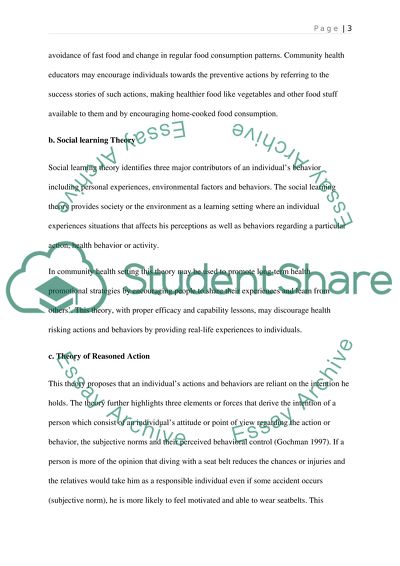Theories and Models of Health Education Book Report/Review. Retrieved from https://studentshare.org/health-sciences-medicine/1467956-theories-and-models-of-health-education
Theories and Models of Health Education Book Report/Review. https://studentshare.org/health-sciences-medicine/1467956-theories-and-models-of-health-education.


